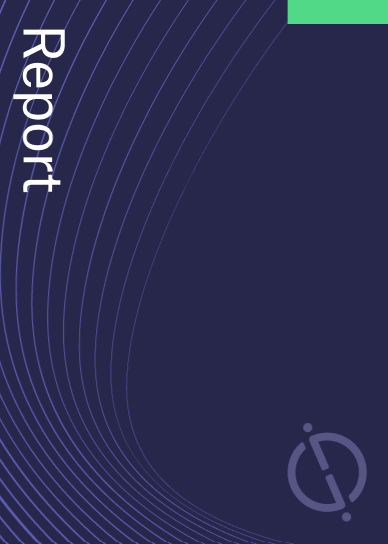Trevena. has filed a patent for compounds or pharmaceutical compositions that can modulate the activity of the delta opioid receptor. The patent claims that these compounds can be used to treat various conditions such as pain, migraines, headaches, depression, Parkinson’s Disease, anxiety, and overactive bladder. The patent specifically mentions a compound with Formula I or Ia. GlobalData’s report on Trevena gives a 360-degree view of the company including its patenting strategy. Buy the report here.
According to GlobalData’s company profile on Trevena, Telomerase reverse transcriptase screening was a key innovation area identified from patents. Trevena's grant share as of September 2023 was 38%. Grant share is based on the ratio of number of grants to total number of patents.
A compound for modulating delta opioid receptor activity
A recently filed patent (Publication Number: US20230303531A1) describes a compound with Formula I or Ia, along with various substitutions and modifications. The compound can have R19 as a substituted or unsubstituted C1-C6 branched or unbranched alkyl, —CH2R72, or —CH2CH2R72, where R72 can be an optionally substituted aryl, ketone, C3-C6 cycloalkyl, or heteroaryl. The compound can also have R72 as cyclopropyl, difluorocyclopropyl, or 2,2-difluorocyclopropyl.
The patent further claims that the compound, along with its pharmaceutically acceptable salt, can have a Formula of Formula Ib or Ic. Additionally, the compound can have R13 as H or an optionally substituted C2-C6 haloalkenyl, C1-C6 branched or unbranched alkyl, —CH2R72, or —CH2CH2R72, where R72 can be an optionally substituted C2-C6 alkenyl, C2-C6 haloalkenyl, aryl, ketone, cycloalkyl, or heteroaryl. R72 can also be cyclopropyl, difluorocyclopropyl, or 2,2-difluorocyclopropyl.
Furthermore, the compound can have R12 as H, halo, —OR16, an optionally substituted sulfonamide, or an optionally substituted cyclic sulfonamide. It can also have R12 as —NHSO2CH3, H, or halo. In some cases, R12 and R23 can form a heterocycle fused to the phenyl ring, where the fused ring structure can be an optionally substituted benzofuran or benzopyran.
The patent also covers the compound with R14 as an optionally substituted C1-C6 branched or unbranched alkyl, and R15 can have various substitutions. The compound can have R6 as H and R7 as cyano, —C(-O)N(R10)2, —NHC(-O)R11, —SO2NHR22, optionally substituted imidazole, or halo. Additionally, the compound can have Z2 absent or as C1-C3 alkyl.
The patent further includes a pharmaceutical composition comprising the compound or its pharmaceutically acceptable salt. It also describes a method of treating or preventing pain, neuropathic pain, migraine, headache, depression, PTSD, anxiety, or overactive bladder by administering the compound or its salt. The method can also involve administering a pharmaceutical composition containing the compound or its salt. Additionally, the patent covers a method of preparing the compound or its pharmaceutically acceptable salt.
In summary, the patent describes a compound with specific formulas and various substitutions and modifications. It also covers the use of the compound in pharmaceutical compositions and methods of treating various conditions.
To know more about GlobalData’s detailed insights on Trevena, buy the report here.
Data Insights
From

The gold standard of business intelligence.
Blending expert knowledge with cutting-edge technology, GlobalData’s unrivalled proprietary data will enable you to decode what’s happening in your market. You can make better informed decisions and gain a future-proof advantage over your competitors.



